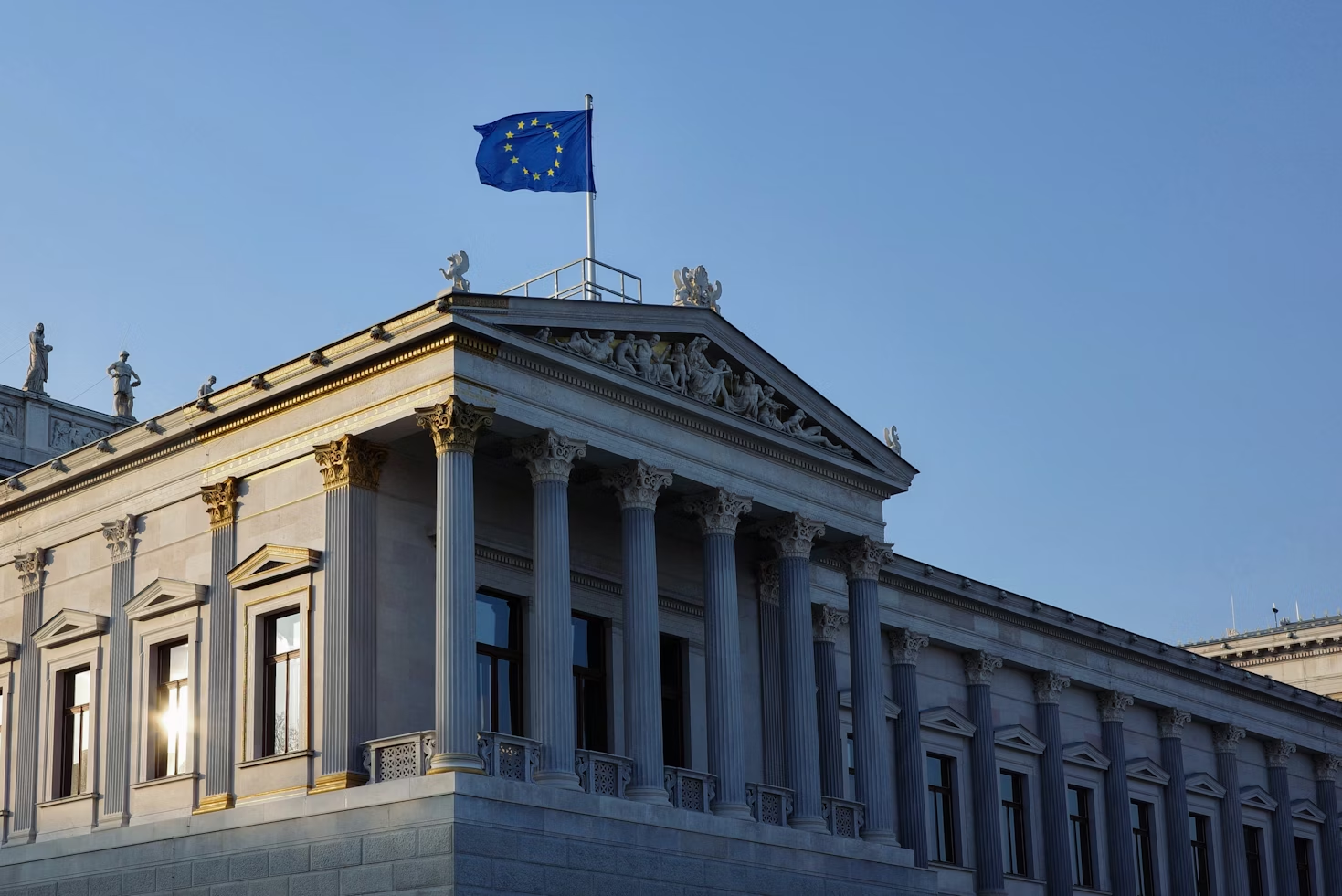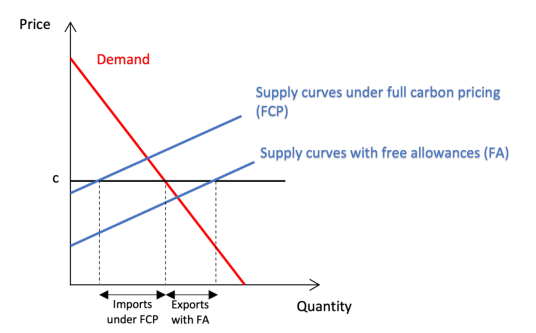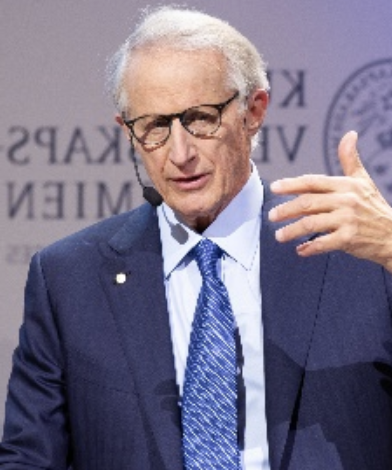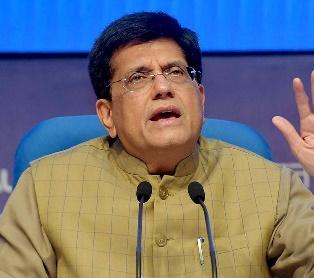Why did the European Union create the MACF

The functioning and the main challenges of the MACF are well known, you can find more information on our reference article on the subject.
On the other hand, the goals of These new regulations do not simply stop at the fight against carbon leaks.. In this article, we explain how this measure aims to correct competition on European markets, how it embodies an innovative decarbonization movement among non-European producers and how it will impose carbon taxation on countries around the world!
Protecting European businesses from imports
The limits of the European carbon market (EU ETS)
With the EU-ETS market, Europe created the first Cap & Trade market (rights to pollute) regulating carbon emissions from European industrial activities. With the introduction of a price on carbon emissions generated by EU factories, European companies are subject to regulatory constraints that do not exist for many of their competitors, installed in countries where climate standards are less demanding.
What is the EU ETS Cap and Trade market?
The European Union Emissions Trading System (EQE-EU or EU-ETS in English) is an emissions cap and trade system (Cap and Trade in English) where the companies concerned report their emissions and return the equivalent emission allowances. The companies concerned can either buy quotas at auction or receive them free of charge (especially for sectors considered to be at risk of carbon leaks). The ceiling (total quantity) of emission allowances is gradually decreasing to encourage European producers to reduce their emissions.
For businesses, this local carbon pricing creates an additional cost that is reflected in sales prices. The Pass Through, which consists in transmitting the additional tax costs to end consumers, seems unlikely because customers could abandon local products in favor of cheaper imported products. If you want to know more about the impact of the EU ETS on markets, you can consult the article written by Anna Creti, Aliénor Cameron and Marc Baudry (sources and references indicated at the bottom of the page).
The solutions provided in the face of the limits of the EU ETS
Recognizing this situation, the EU has allocated free quotas to businesses. allowing carbon costs to be reduced, but going against the principle of a dissuasive tax (polluter/pays). With this good intention, the market for rights to pollute becomes less attractive for decarbonization: The European producers are protected by free quotas and their non-European competitors generally benefit from less restrictive climate rules in their country. With the allocation of free quotas, the local offer (blue FA curve) becomes more competitive in the face of import offers (black curve).

Source: Stefan Ambec, 2022, ” The European Union's Carbon Border Adjustment Mechanism: Challenges and Perspectives”
The protectionist role of the MACF
Since the free quota solution is temporary, It is up to the MACF that has the heavy task of correcting the market imbalance caused by the establishment of a carbon price in Europe. The Carbon Border Adjustment Mechanism aims to:
- Restoring the competition gap between European producers and non-European producers. The regulation attacks internationalized sectors where the market power of European producers is limited by offers from other countries. The idea is for any product put on sale on the European market to be subject to an equivalent carbon price.
- Lead to the gradual elimination of free quotas and, therefore, replace part of the ETS system and fully assume carbon costs for all European actors.
Thus, we see a first reason why the MACF was created: to apply the same carbon requirements to European imports and producers.
The strategy behind the carbon declaration: to impose the measurement of the carbon footprint of products as a global standard
The new European and global regulations
This is a world first, the European Union imposes a carbon price at borders. However, Europe's innovative instinct in terms of climate policy is not new, as it was already evident with the creation of the first emissions trading market in 2005.The EU was thus the first territory to impose (as early as 2005) the measurement of greenhouse gas emissions on European producers of the most polluting industries (as early as 2005). With the establishment of the MACF, this stage of emissions reporting Applies now also unto all companies that export to the European Union.
Are you looking for how to make a statement?
At Keewe, we offer you a unique solution to manage your MACF compliance. Go to our page MACF for more information and contact us.).
The purpose of the MACF statement
One of the influential powers of this new regulation lies in the establishment of the MACF declaration: asking the rest of the world to assess its carbon emissions. The MACF can be questioned about its scope and implementation — only certain sectors and products are covered at this stage — but its main objective is still powerful: all producers who export to the European market must quantify their carbon emissions.
The MACF incentive policy: push countries to impose a carbon tax
The climate club

Carbon taxation at borders has been thought of for over 30 years, after being introduced at the Rio conference in 1992. This idea was revived by one of the thinkers of environmental economics, William Nordhaus, to support the creation of a global climate club. More recently, we saw the joint proposal for this type of club by the G7 member countries.
Photo source: Wikipedia
This club would operate on a simple principle: its members would agree on a minimum price for carbon emissions. Countries outside this club would be subject to a tax on their exports to member countries. Thus, these external countries would have a choice to make: pay the tax or join the club by adopting the minimum carbon price themselves.
It is thanks to economists' favorite tool, price incentives, that Countries will consider taxing carbon emissions.
And this is the major objective of decarbonizing the MACF!
MACF or forced carbon tax for exporting countries
The Cost of the MACF for businesses is calculated via The difference between the carbon pricing of the supplier country and that of the European Union (the quota price in force on the emissions trading market). There will therefore be a trade-off for the carbon price to be paid defined by the climate policies of the supplier countries.
Formula: EU CBAM = EU ETS — Domestic Carbon Pricing
This approach aspires to the incentive policy of the “climate club” mentioned above, guiding exporting countries towards an increase in their internal carbon price. We explain everything to you below:
The logic behind the MACF suggests than a decrease in demand for imported products, which have become more expensive after carbon adjustment at EU borders, is probable.
Technical part: The idea is that for the importer, the final cost remains similar, whether by paying a high MACF for low-priced products from a supplier, or a lower MACF for products whose price is increased because of a higher carbon tax in the exporting country.

However, we can imagine that for exporting countries, and especially their governments, the second option (increasing the local carbon tax) is preferable because this one Get back the revenue generated by the carbon price — rather than letting the European Union pocket the bet.
For example, the Indian government has already taken a stand on the subject of the MACF: “If we collect the tax in India itself and use it for our green energy transition, which will indirectly help the same exporting companies to switch to cleaner energy and reduce their costs, there will be no additional MACF tax”, Minister of Commerce and Industries, Mr. Piyush Goyal.

Photo source: Wikipedia
In addition, and to broaden the scope of the reflection, we can also ask ourselves if exporting countries are not going to adjust their climate policies according to the export area — impose a carbon price on exports to the European Union but not impose it on exports to other countries that are less climate-friendly. In this case, and like the MACF, it will be necessary to comply with international trade rules.
Studying the MACF may seem complex. At Keewe, our experts support you to understand the challenges of this new regulation. We offer you a unique solution to manage your MACF compliance:
- Simplified and automated data collection and management, thanks to the integration of transactions and supplier data.
- Calculation and reporting of carbon emissions.
- Generating your regulatory reporting document.
- Simulation of the financial impact of the MACF on your import costs.
Go to our CBAM page for more information and to contact us.







